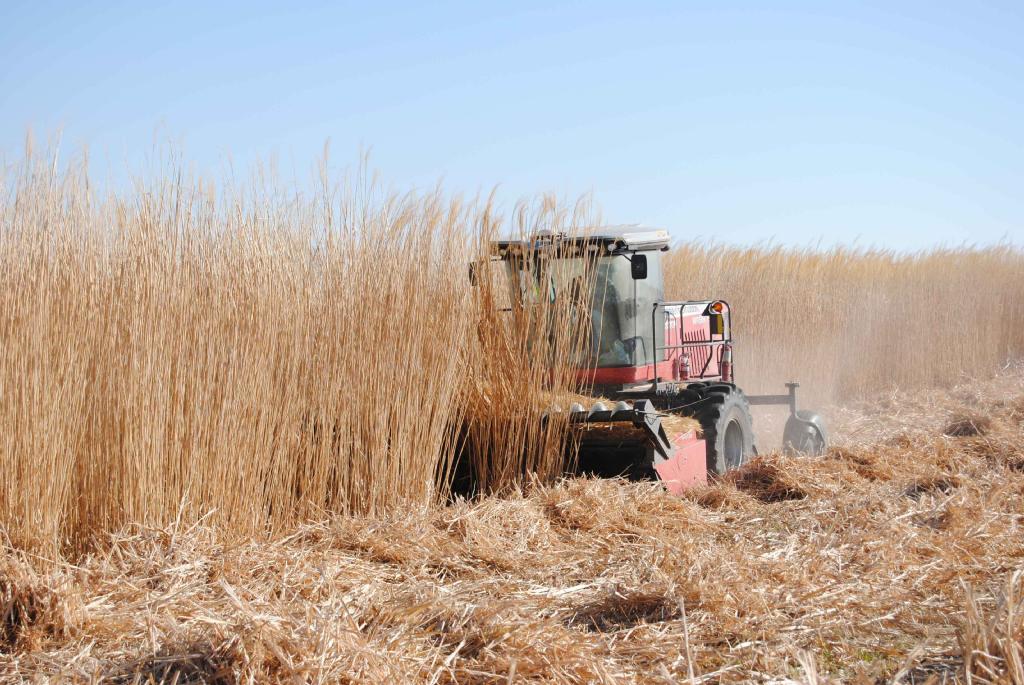
Farmers can easily diversify their income and increase productivity of their land by planting energy crops, according to the The Energy Technologies Institute (ETI).
The studies examine the financial impact of transitioning to planting second generation energy crops such as Miscanthus and Short Rotation Coppice (SRC) Willow.
It also provides an insight into how farmers can optimise the way they use their land to minimise any impact on food production.
The studies found that planting energy crops can increase the profitability of the land over a 23-year lifetime.
The impact on food production can also be minimised or avoided by optimising the use of land across the farm meaning that energy crop planting need not be in direct competition with food production.
Significant role
The farmers in the case studies chose to grow energy crops.
The availability of secure, long-term contracts for the crop was also a key factor in their decision making.
Land which is less suitable for food production or grazing can be suited to growing energy crops as they can be successfully planted on poorer quality soils, and land which is more prone to waterlogging or weed problems.

Hannah Evans, Bioenergy Strategy Analyst at the ETI said: "Bioenergy can play a significant and valuable role in the future UK energy system, helping to reduce the cost of meeting the UK’s 2050 greenhouse gas (GHG) emissions and produce up to 10% of UK energy needs.
Delivering 10% of projected energy demand in the 2050s will require around three times as much bioenergy to be generated as today.
Brexit and CAP
As the UK government prepares the framework for the UK exiting the EU, it must decide how farming will be supported outside of the EU’s Common Agricultural Policy (CAP).
These case studies show that planting bioenergy crops provides an opportunity for farmers to increase the profitability and productivity of their land whilst also producing biomass feedstock that can help reduce the UK’s GHG emissions.
The development of new farming support mechanisms presents an opportunity to join up agricultural and energy policies which can support the growth of sustainable biomass in ways that improve overall land productivity.
All three participating farms improved productivity by siting energy crops on land which was either ‘surplus’ due to changes in livestock management, or because it was of poor quality for arable farming or grazing livestock.
"This shows that energy crop planting does not need to be in direct competition with food production. Instead it can complement other farming activities.”
High profit
A previous ETI bioenergy project “Enabling UK Biomass” surveyed over 100 farmers who had planted bioenergy crops about the motivations behind their decision.
The results found that farmers most often chose to plant energy crops in order to make more productive use of low quality land and to generate a higher profit from the land.
The availability of long term contracts for planting energy crops was also often an important factor in their decision making.
Three farms took part in the study, two from Norfolk (both of which had planted Miscanthus) and one based in Cumbria, which had planted SRC Willow.
Each farm planted between 18-30 hectares of energy crop on land that had previously been used for a variety of purposes, including arable, sheep and dairy farming.
All three farms have secured long term contracts for their energy crops.
The energy crops have an expected lifetime of 23 years and each farm expects to see an increase in the profitability of the land, and for the crop to payback its establishment costs within six to seven years.
This calculation takes into account the fact that the two Norfolk farms obtained a grant for 50% of their establishment costs from the (now closed) Energy Crops Scheme.
All three farms sited their energy crops to minimise the impact on food production.
In Norfolk, one farm planted Miscanthus on their lowest yielding arable land, whilst the other farm intensified their sheep production (from 600 ewes on 90 ha to 500 ewes on 60 ha) to free up land for the energy crops whilst minimising the reduction in flock size.
In Cumbria, the land had previously been used for dairy but was surplus to requirements at the time of planting due to a change in dairy farming practices.
